Specifically, in order to proactively respond effectively, ensure that medical examination and treatment are not interrupted, and organize timely and safe patient treatment, the Department of Medical Examination and Treatment Management requests the Department of Health of provinces and cities from Quang Ninh to Gia Lai (12 provinces and cities) to arrange for Department leaders to be on duty 24/7.
The head of the Department of Health directs and is responsible for supervising and inspecting affiliated hospitals to be ready to respond to emergency situations before, during and after the storm.

Storm Kajiki (storm No. 5) has strengthened to level 14, gusting to level 17, many places from Thanh Hoa to Quang Tri were directly affected on August 25 (Photo: NCHMF).
Departments need to publicize the command hotline number for units and ensure 24/7 communication to promptly direct subordinate units to be ready to participate in rescue when mobilized; receive and process emergency information promptly.
At the same time, deploy a plan to respond to natural disasters and catastrophes at the unit; ensure human resources, medicine, chemicals, medical equipment, and emergency vehicles to be ready to support when required.
Hospitals in the area under their management shall review their facilities and medical equipment, especially in areas at risk of flooding and landslides, to ensure hospital safety; coordinate with relevant agencies and units in the area to deploy storm prevention and control plans, ensuring timeliness and safety.
Hospitals, institutes with beds under the Ministry of Health , provincial and municipal general hospitals must prepare human resources, ambulances, equipment, medicine, and consumables for at least 2 mobile emergency teams. The mobile emergency team must be on duty 24/7 and ready to respond to provinces affected by the storm when ordered to mobilize.
Hospitals in areas predicted to be affected by the storm have plans to proactively evacuate patients, medical equipment, and medicine to solid areas that can withstand the impact of the storm; move seriously ill patients, ventilators, and other emergency resuscitation equipment to higher floors to avoid flooding.
In addition, the unit also needs to apply measures to secure and secure medical equipment, doors, windows, etc., to avoid storms causing displacement and secondary damage; prepare backup generators and sufficient fuel to maintain power supply for emergency and treatment.
Medical facilities have plans, medicine, equipment, emergency vehicles and human resources available to set up field emergency stations in high-altitude areas to avoid flooding when necessary.
Source: https://dantri.com.vn/suc-khoe/bao-so-5-manh-len-bo-y-te-yeu-cau-y-te-12-tinh-thanh-chuan-bi-ung-pho-20250824214214885.htm



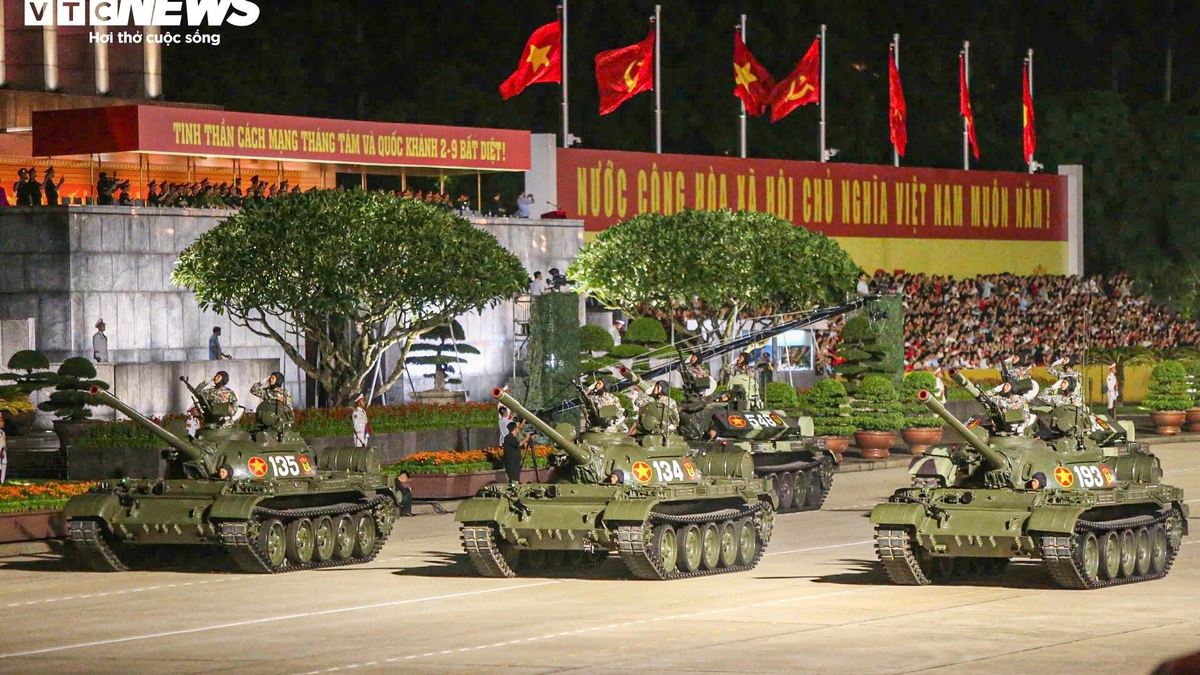
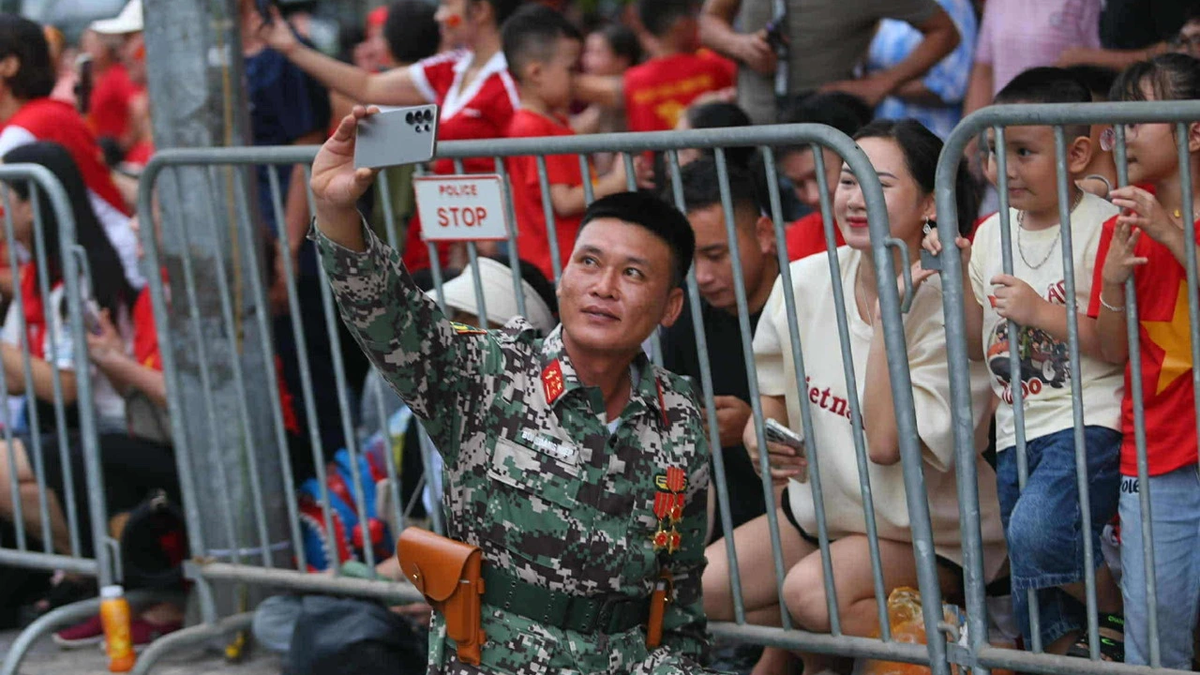
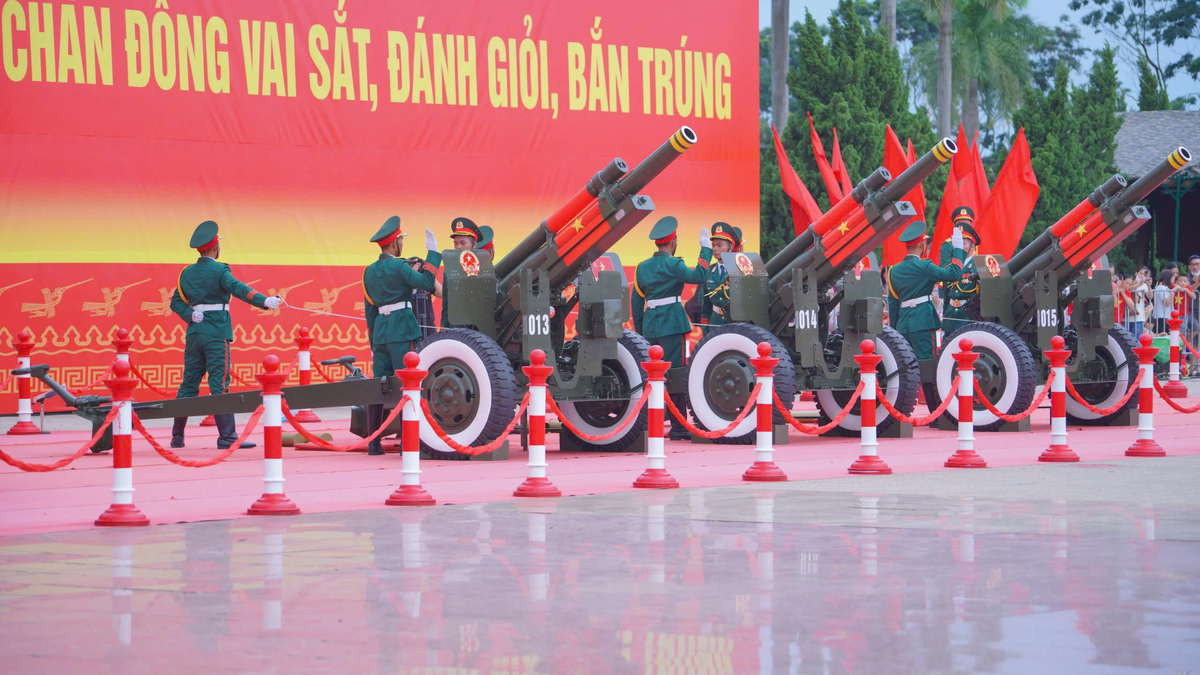

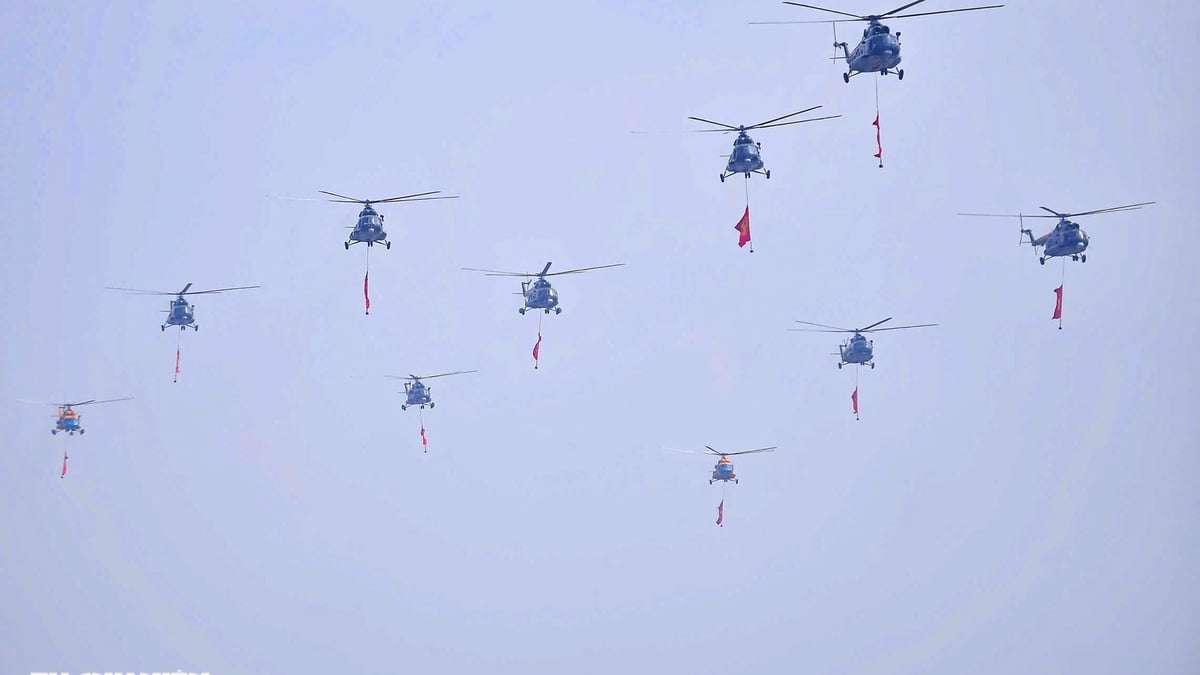
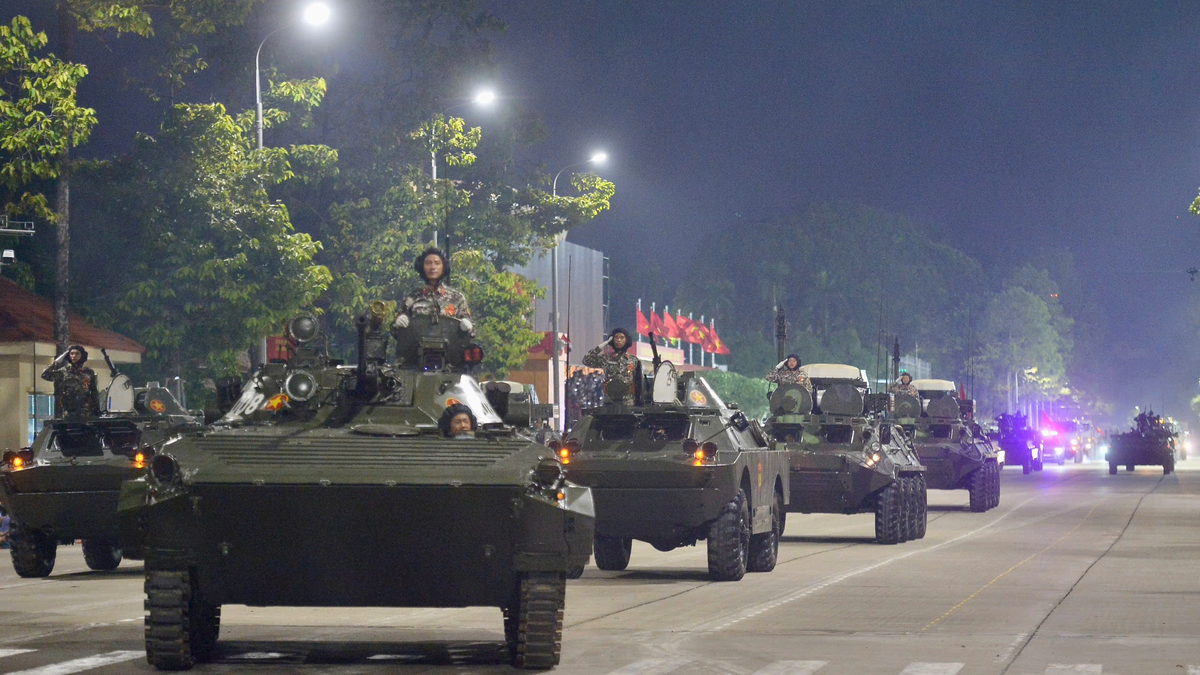
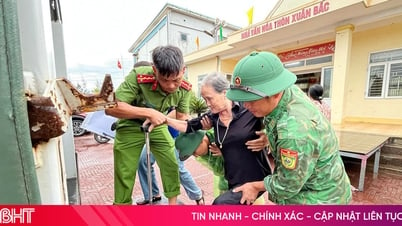

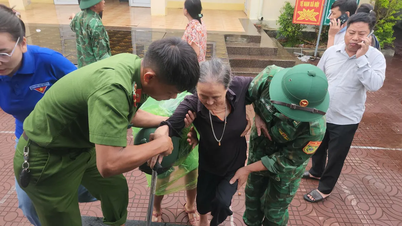



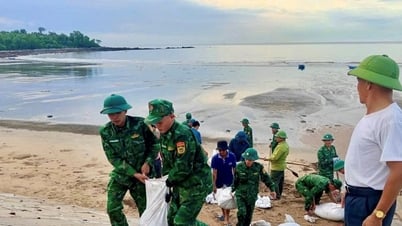
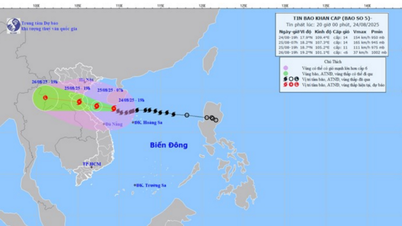
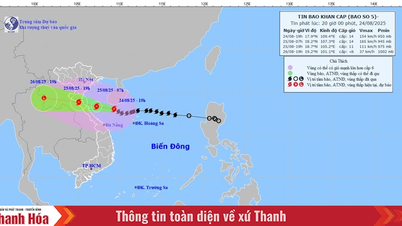


























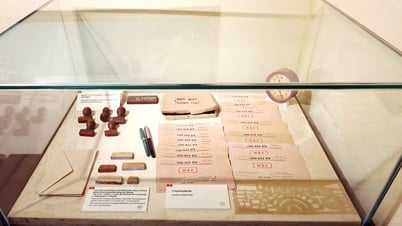













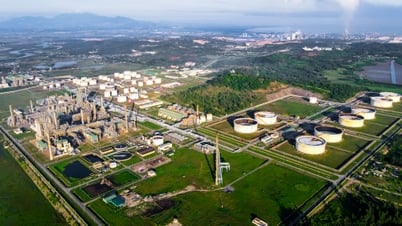






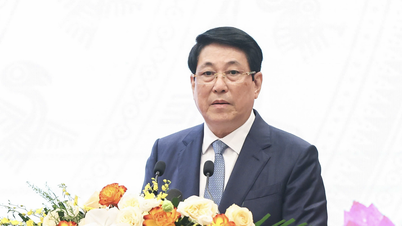


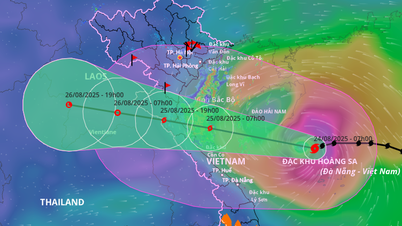















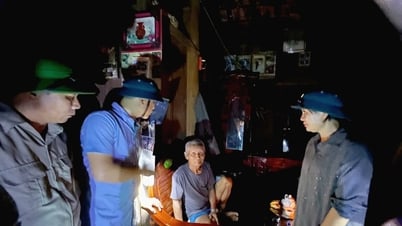


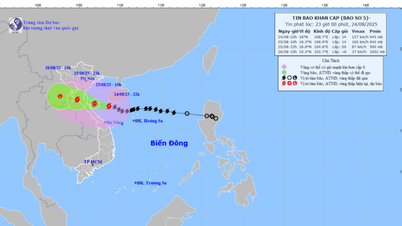








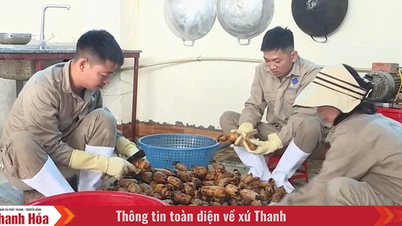
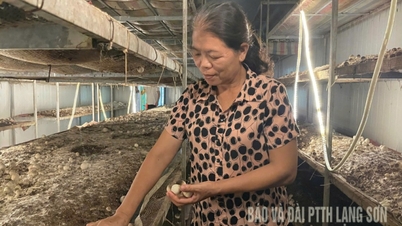






Comment (0)